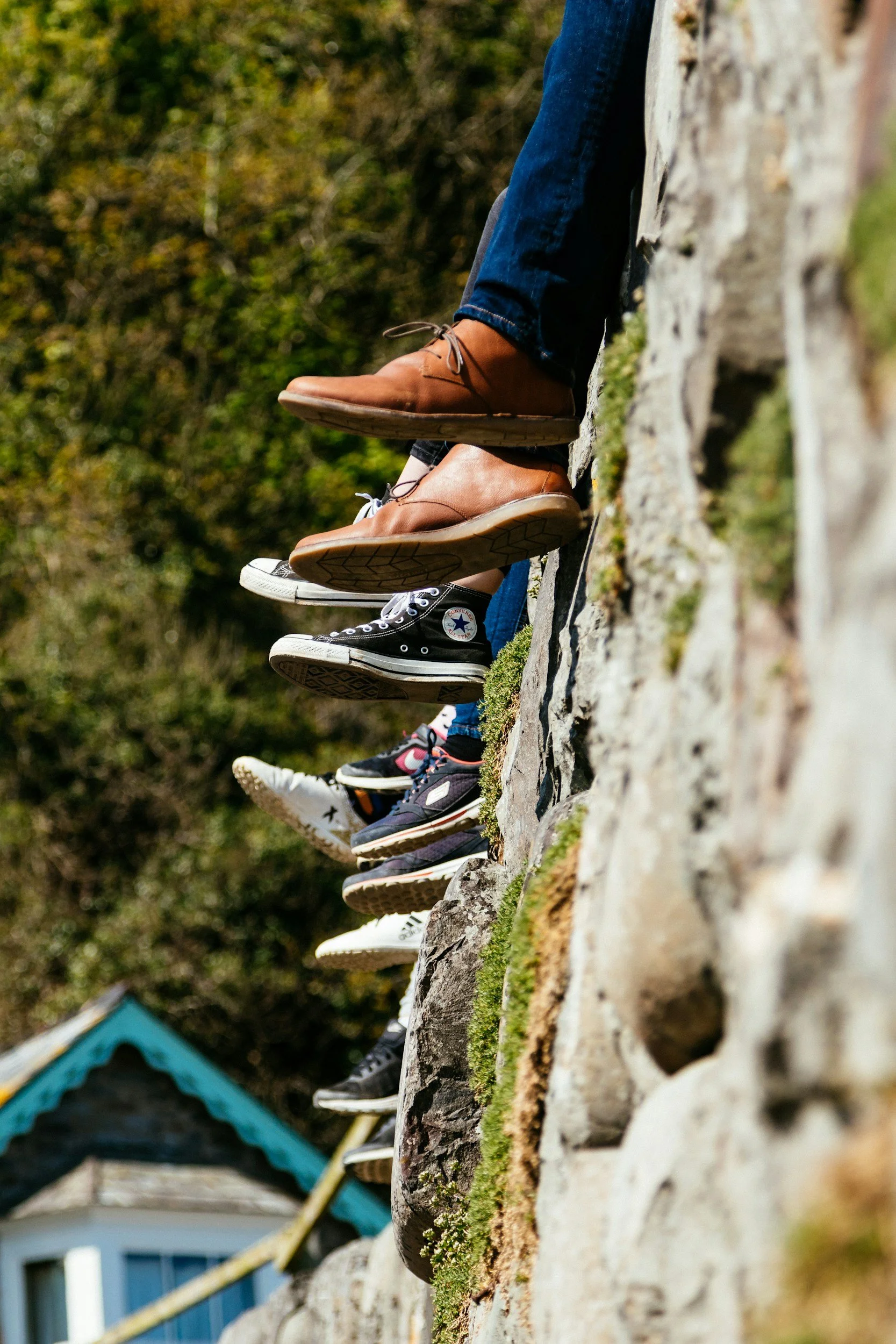Fenix Youth Project is excited to unveil a new partnership with The Wellness Center of Maryland, led by CEO Naryah Miles LCSW-C, LICSW, CCTP. This dynamic collaboration aims to provide crucial mental health services to homeless youth within our community.
At Fenix Youth Project's Arts & Media Drop-In Center, young individuals will now have access to free 1:1 counseling sessions, courtesy of The Wellness Center of Maryland. Starting in April, licensed counselors will be available during designated homeless youth drop-in hours on Fridays. This initiative is open to any person between the ages of 12 to 24, offering them the opportunity to book a session and meet with a counselor at absolutely no cost and without any obligations.
The Wellness Center of Maryland is renowned for its expertise in Mood Disorders and Complex Trauma. This partnership is a proactive response to the urgent need for mental health support among vulnerable populations, particularly those experiencing homelessness. The goal is to ensure access to care within a safe and creative environment.
Young people will be able to benefit from one free counseling session per month at Fenix Youth Project. In cases where additional sessions are required, the Fenix Youth Project will seamlessly facilitate a warm handoff to The Wellness Center of Maryland.
Amber Green, Executive Director at Fenix Youth Project, shared her thoughts on the collaboration, stating: "Our mission at Fenix Youth Project has always been to provide holistic support to young people, nurturing their creativity and well-being. Partnering with The Wellness Center of Maryland allows us to expand our services to address the crucial mental health needs of homeless youth in our community. Together, we can make a meaningful difference in their lives."
Naryah Miles, CEO of The Wellness Center of Maryland, also expressed enthusiasm about the collaboration, saying: "We are excited to bring our specialized counseling services to the Arts & Media Drop-In Center at Fenix Youth Project. Our goal is to create a supportive environment where young people can explore their mental health and receive the care they deserve."
To book a counseling session or learn more about this partnership, please contact Fenix Youth Project Arts & Media Center at 443-736-7028 or visit https://fenixyouthproject.org/






